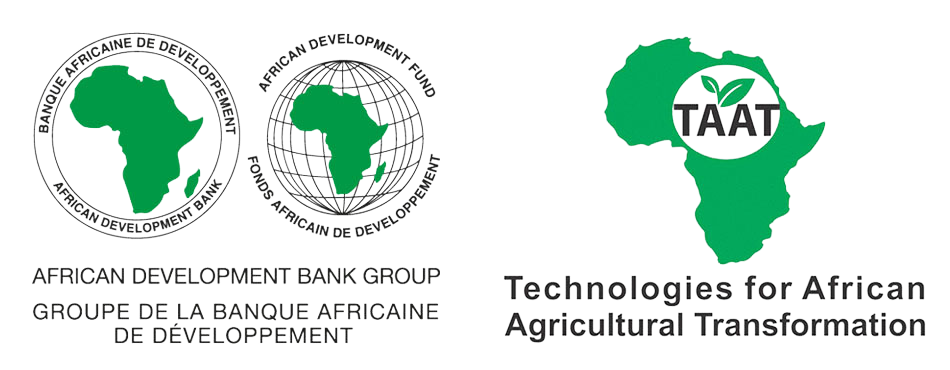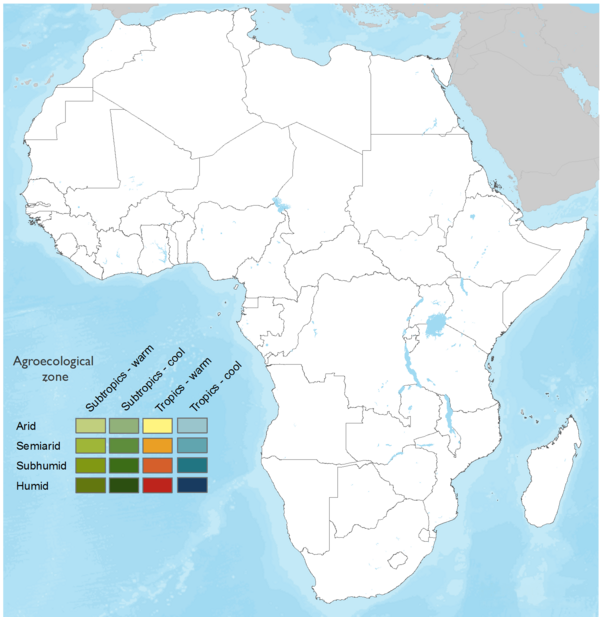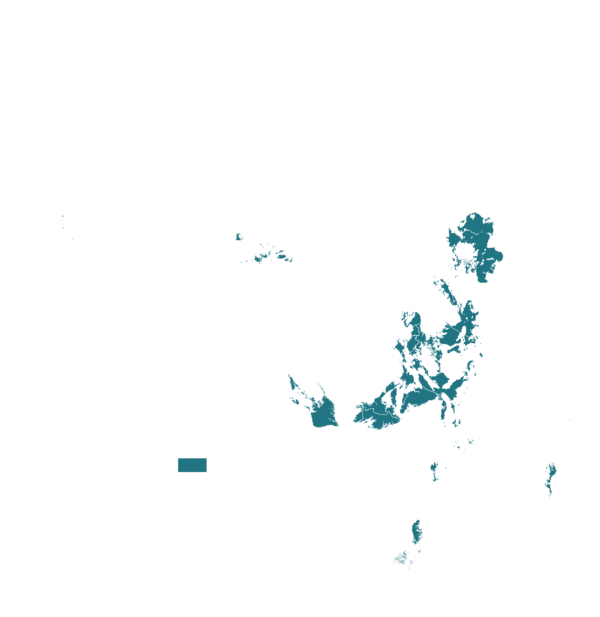

Fertilize for Success: Banana & Plantain Boost
The technology of Specialty Fertilizers and Local Blending for Banana and Plantain is a solution designed to enhance crop yield in Sub-Saharan Africa. It involves the creation of specialty fertilizer blends using single nutrient fertilizers readily available in the region. These blends are tailored to the soil fertility status and crop requirements, providing a balanced nutrient supply for banana and plantain crops. The technology offers flexibility to adapt fertilizer formulations based on soil characteristics and production objectives. It promotes stem growth, flowering, bunch filling, photosynthesis, transpiration, and nutrient and water uptake from soils. The use of these specialty fertilizers has shown to increase productivity, nutritional value, and resilience to drought and pests, providing greater returns on input investments.
This technology is TAAT1 validated.
Adults 18 and over: Positive high
The poor: Positive high
Under 18: Positive high
Women: Positive medium
Climate adaptability: Highly adaptable
Farmer climate change readiness: Significant improvement
Biodiversity: Positive impact on biodiversity
Carbon footprint: Much less carbon released
Environmental health: Greatly improves environmental health
Soil quality: Improves soil health and fertility
Water use: Same amount of water used
Balanced Nutrient Supply & Cost Efficiency: The technology provides a balanced supply of essential nutrients, improving crop growth, increasing yields, and enhancing nutritional content. It uses readily accessible single nutrient fertilizers, reducing input costs and increasing return on investment.
Strengthened Crop Resilience: By providing necessary nutrients, the technology strengthens the resilience of banana and plantain crops to environmental stresses such as drought and pests, and promotes uniform ripening of fruit.
Adaptability to Climate Change: While the technology does not directly address climate change, it helps crops better withstand the impacts of climate change by strengthening their resilience and equipping them with necessary nutrients.
The technology of Specialty Fertilizers and Local Blending for Banana and Plantain contributes to several Sustainable Development Goals (SDGs). It can potentially contribute to gender equality (SDG 5) by improving crop yields and income, which can empower women involved in farming.
The technology also has a positive impact on the climate (SDG 13). By ensuring efficient and sustainable nutrient utilization, it helps avoid undesired losses to the environment. This contributes to responsible consumption and production (SDG 12) and life on land (SDG 15).
Moreover, by enhancing the productivity and resilience of crops, it contributes to zero hunger (SDG 2) and decent work and economic growth (SDG 8). Thus, this technology aligns with key priorities for government projects, such as food security, climate action, and sustainable growth.
To facilitate the implementation of this technology in your project:
yield increase
Open source / open access
Scaling Readiness describes how complete a technology’s development is and its ability to be scaled. It produces a score that measures a technology’s readiness along two axes: the level of maturity of the idea itself, and the level to which the technology has been used so far.
Each axis goes from 0 to 9 where 9 is the “ready-to-scale” status. For each technology profile in the e-catalogs we have documented the scaling readiness status from evidence given by the technology providers. The e-catalogs only showcase technologies for which the scaling readiness score is at least 8 for maturity of the idea and 7 for the level of use.
The graph below represents visually the scaling readiness status for this technology, you can see the label of each level by hovering your mouse cursor on the number.
Read more about scaling readiness ›
Uncontrolled environment: tested
Common use by intended users, in the real world
| Maturity of the idea | Level of use | |||||||||
| 9 | ||||||||||
| 8 | ||||||||||
| 7 | ||||||||||
| 6 | ||||||||||
| 5 | ||||||||||
| 4 | ||||||||||
| 3 | ||||||||||
| 2 | ||||||||||
| 1 | ||||||||||
| 1 | 2 | 3 | 4 | 5 | 6 | 7 | 8 | 9 | ||
| Country | Testing ongoing | Tested | Adopted |
|---|---|---|---|
| Cameroon | –No ongoing testing | –Not tested | Adopted |
| Ethiopia | –No ongoing testing | –Not tested | Adopted |
| Kenya | –No ongoing testing | –Not tested | Adopted |
| Nigeria | –No ongoing testing | –Not tested | Adopted |
| Rwanda | –No ongoing testing | –Not tested | Adopted |
| Somalia | –No ongoing testing | –Not tested | Adopted |
| Tanzania | –No ongoing testing | –Not tested | Adopted |
| Uganda | –No ongoing testing | –Not tested | Adopted |
This technology can be used in the colored agro-ecological zones. Any zones shown in white are not suitable for this technology.





| AEZ | Subtropic - warm | Subtropic - cool | Tropic - warm | Tropic - cool |
|---|---|---|---|---|
| Arid | – | – | – | – |
| Semiarid | – | – | – | – |
| Subhumid | – | – | ||
| Humid | – | – |
Source: HarvestChoice/IFPRI 2009
The United Nations Sustainable Development Goals that are applicable to this technology.



Gather the Necessary Equipment and Materials: You will need a clean and dry surface for blending, measuring tools, protective gear (gloves, mask), and the different types of fertilizers you intend to blend.
Understand the Nutrient Requirements: Determine the specific nutrient needs of the crop you are fertilizing and refer to soil test results to understand which nutrients are deficient.
Select the Individual Fertilizers: Choose the types of fertilizers that will supply the required nutrients. These may include nitrogen-rich, phosphorus-rich, and potassium-rich fertilizers, as well as any needed micronutrients.
Calculate the Blend Ratio: Based on the nutrient requirements and the nutrient content of each fertilizer, calculate the blend ratio. For example, if a specific blend requires 10% nitrogen, 20% phosphorus, and 10% potassium, you would use fertilizers with these nutrient percentages.
Measure and Weigh the Fertilizers: Using a scale or appropriate measuring tools, carefully weigh out the predetermined amounts of each type of fertilizer according to the calculated blend ratio.
Mix Thoroughly: On a clean blending surface, spread out the selected fertilizers evenly. Use a shovel or blending tool to mix the fertilizers together thoroughly. Ensure that the blend is uniform.
Store the Blended Fertilizer: Transfer the blended fertilizer into a clean, labeled container or bag for storage. Seal it tightly to prevent moisture and contaminants from affecting the blend.
Safety Considerations: Always wear appropriate protective gear, such as gloves and a mask, when handling fertilizers. Work in a well-ventilated area to minimize inhalation of dust.
Label the Blend: Clearly label the container with the contents, blend ratio, and any relevant information about the fertilizer blend. This ensures accurate application in the field.
Testing and Adjusting: Before widespread application, it's advisable to conduct a small-scale trial to ensure the blended fertilizer provides the desired results. If necessary, adjustments to the blend can be made.
Last updated on 7 November 2025